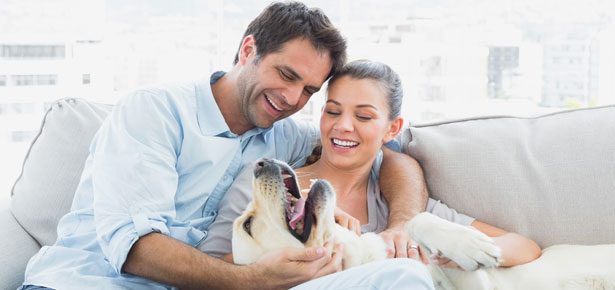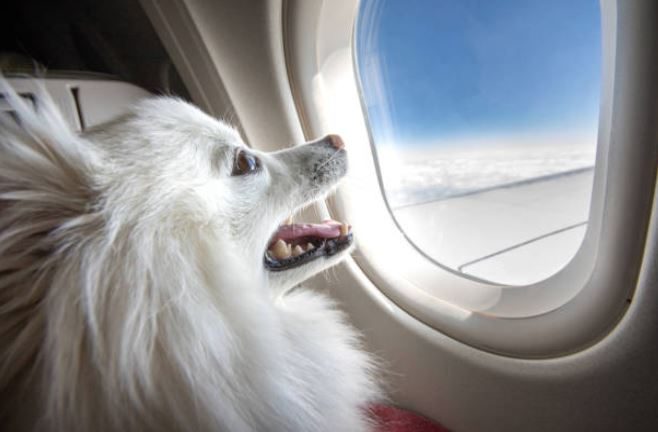

The Surprising Truth About Why Dog Euthanasia Increases During The Holidays
You may not imagine there being a season for this, but there is...
Ask any veterinarian when they euthanize the most dogs, and they will tell you “during the Winter holidays.” In fact, Lap of Love Veterinary Hospice, the nation’s largest provider of in-home end of life care for pets, will see an increase of 20-50% in home visits for euthanasia or hospice care the weeks following both Thanksgiving and Christmas. You may not imagine there being a season for this, but there is, for a few reasons:
-
“I just want one more Christmas with him.”
Holidays are a time for family to come together, and dogs are sometimes more appreciated than that one uncle that always complains about the food! Kids spend hours playing with the dogs, cats, or other companion animals, and we watch these furry sidekicks age with them over the years. “As a child, I remember being just as excited to see Sandy, my Grandparents’ terrier, once a year as I did the human family members!” says Dr. Dani McVety, hospice veterinarian and Co-Founder of Lap of Love. “As Sandy got older, I wanted her to be a part of one last holiday with us, she was such an important presence to me at their house.” “Hospice care is hugely valuable at this time,” says Dr. McVety, “families know their elderly dog is reaching the end of their life, and they want to spend just one more holiday together. Hospice allows that to happen; we help their dog remain as comfortable as possible for as long as possible, coaching the family through the euthanasia decision based on the medical condition of the dog and the family’s wishes.”
-
“My family will finally be able to say goodbye together.”
Children come home from college, relatives come to visit, family and friends are finally together. For some dogs, especially those outgoing elderly Golden Retrievers or Labradors, this is pure heaven! Having family gathered around, sharing memories of a life well-lived may be the best “goodbye” any of us can imagine. And for some lucky dogs, this is how they make their exit from their failing bodies. “Some of the most peaceful experiences I’ve had with families include everyone gathered around, sharing stories, giving a toast to their dog, followed by the delivery of that final euthanasia medication,” says Dr. McVety, “everyone hugs each other, and I leave the home knowing their support system will get them through the grief of loss, it’s simply beautiful.”
-
“Wow, he looks way worse than the last time I saw him.”
Another interesting phenomenon happens when long distance family and friends see an elderly dog for the first time after an extended absence. They may be happy to see the aging furry family member, but at some point make the comment, “wow, he looks way worse than the last time I saw him.” This might be met with guilt or surprise by the primary care taker, who sees the pet everyday. This realization sometimes brings to light the rapid decline of the dog, and the decision to say goodbye becomes easier and more supported than it had been previously.
-
“I’m so worried about her being alone while we’re gone.”
This is a valid, and surprisingly common concern for pet parents during holiday travel. With an extended absence away from a senior or geriatric dog, owners may feel guilty or stressed about asking someone, even a close friend, to watch him/her. In some cases, they may even be considering saying a final goodbye before they leave town simply because the stress is too much on their elderly dog, and/or an immense burden on a caregiver. No, this is not a selfish decision, and sometimes this holiday time away from home is a safe, supported environment to grieve with family and friends.
Losing an elderly dog is never easy, especially during the holiday season. “There are always numerous factors affecting a dog’s quality of life, and also the dog parent’s quality of life,” says Dr. McVety, “these are all valid concerns and must be weighed within the boundaries of the disease process that the dog is experiencing; some diseases can be extended with hospice care, some cannot.” Dr. McVety recommends talking to your veterinarian about your options, fears, and concerns. There is also a great deal of information including video tips and quality of life scales, on their website, LapofLove.com.
Join the newsletter and never miss out on dog content again!
"*" indicates required fields
By clicking the arrow, you agree to our web Terms of Use and Privacy & Cookie Policy. Easy unsubscribe links are provided in every email.





